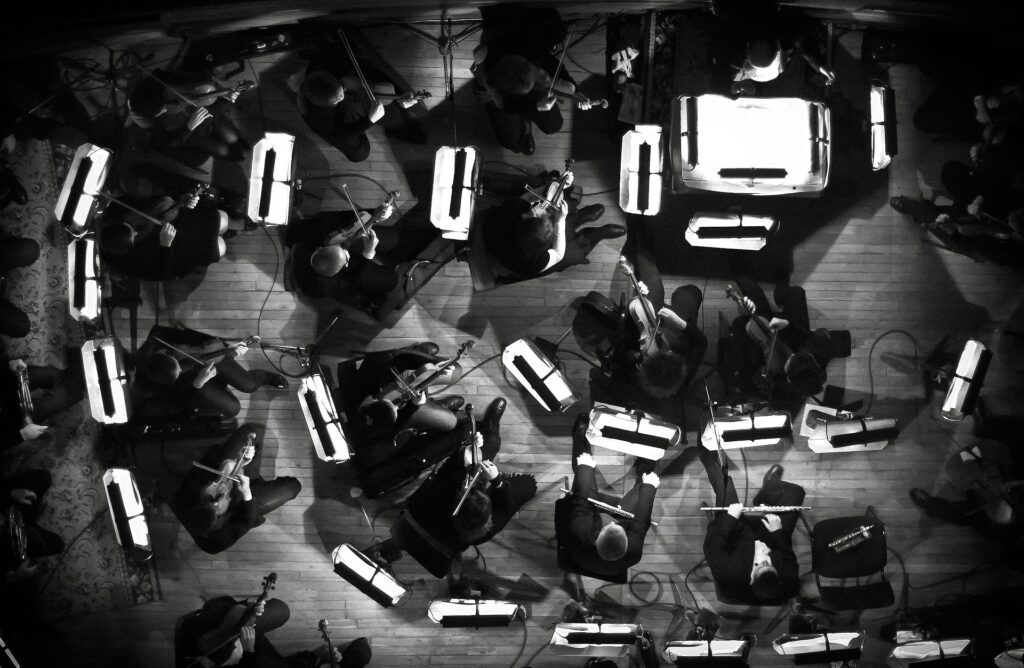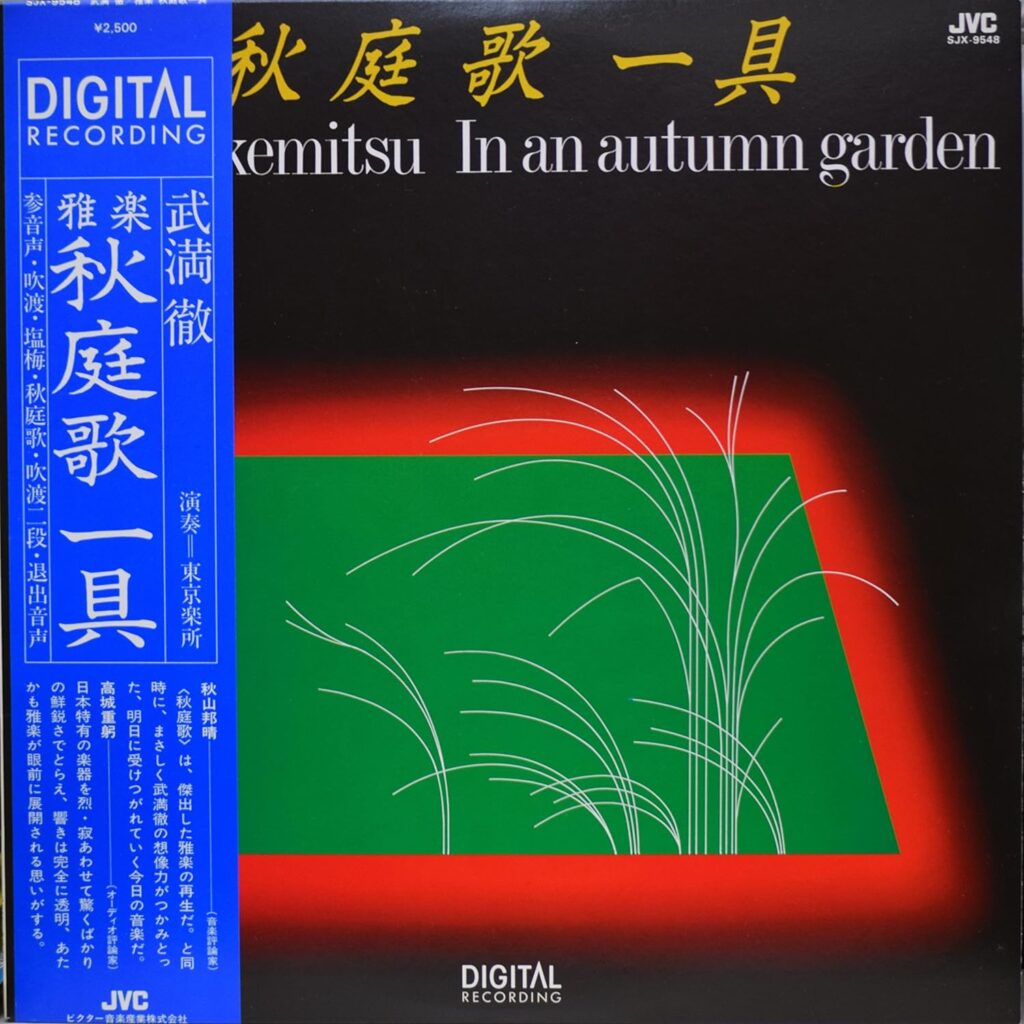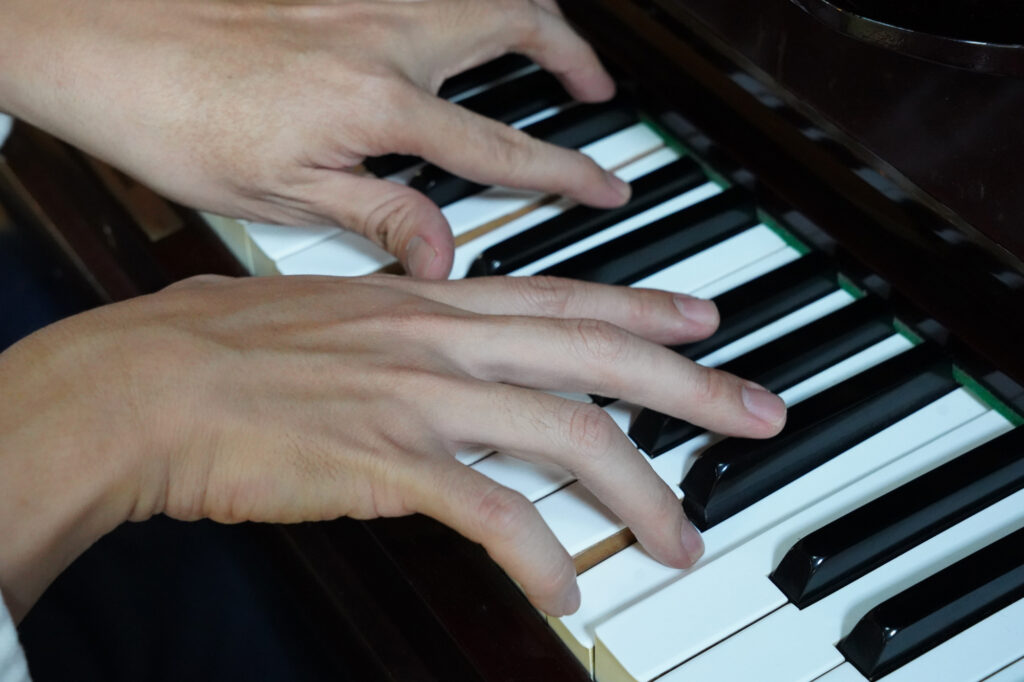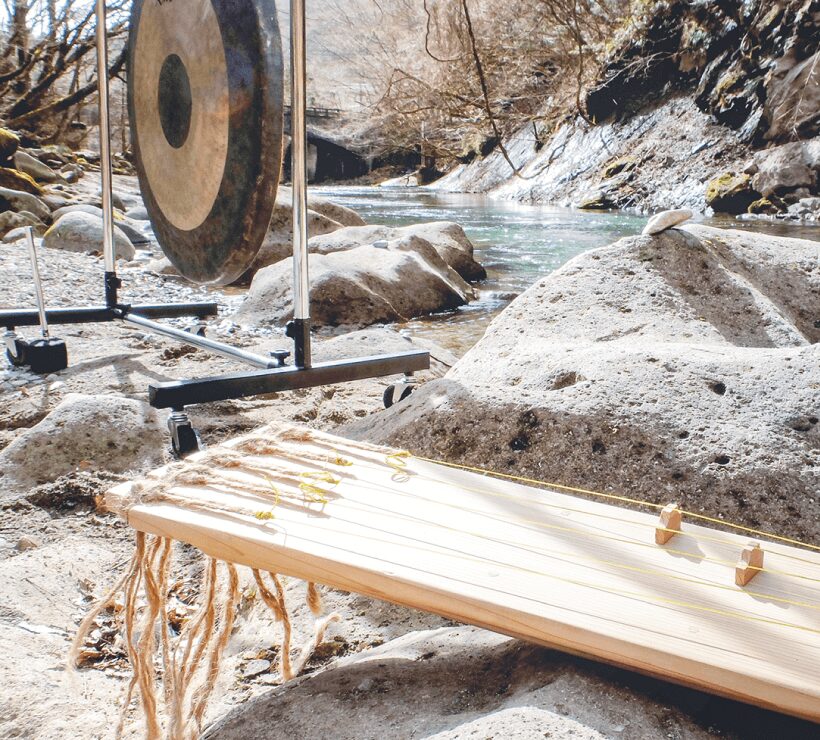
Last time, I wrote that Gagaku feels like both "music" and "environmental sound." (#fourthmoviesound) ("Gagaku Story 3: Is Gagaku the 'Fourth Element of Film Sound'? https://drftr.co.jp/gagakutan-fourth-movie-sound/)
That idea emerged through the production of SHOGUN, where Taro, who also composes and arranges for Gagaku, worked as the chief arranger. Another source of inspiration was a particular composition by the late world-renowned composer, Toru Takemitsu, along with the story surrounding it.
◆The secret story behind the birth of 'November Steps'
Toru Takemitsu’s November Steps is regarded as one of his breakout works. Commissioned by the legendary conductor Seiji Ozawa, it’s an innovative piece combining the Japanese shakuhachi and biwa with a full orchestra. It premiered in New York in November 1967 and received high praise (performed by Kinshi Tsuruta on biwa and Katsuya Yokoyama on shakuhachi).
At the time, Ozawa was the associate conductor of the New York Philharmonic, and Takemitsu was in his 30s. As he began composing, he struggled with the stark differences between Western classical music’s rational structure and the overtones and nuances of traditional Japanese music, which are often considered noise in the West.
(※Takemitsu reportedly aimed to express, "the West and East are fundamentally different.")
The turning point came when he was staying in a rural mountain village and heard the “village broadcast” over the loudspeakers. The sound of wind and birdsong harmonized naturally with the broadcast without overwhelming each other. Listening to these environmental sounds inspired him to complete a concerto unlike anything before—a work where different elements exist independently yet coexist. (Source: NHK Lalala♪Classic)
"By listening to these environmental sounds, he was able to create a completely new kind of concerto, where the elements exist independently yet coexist."
Independent yet coexisting—.
layered, not mixed―.
Even when I heard the piece, my impression, though not musically trained, was that it wasn’t about enjoying harmony but about appreciating the differences between the sounds, even the sense of discord.
There was also a distinct sense of shifting.
I felt how much traditional Japanese instruments resonate with the natural ebb and flow of nature.
It was as if the traditional Japanese instruments told a story or depicted a scroll, while the Western orchestration played the background music or sound effects. I could almost hear the message: "Listen to these ancient Japanese sounds, sounds that have grown independently."
Watching the performance on YouTube, I could feel the heavy, circular vibrations of the shakuhachi and the biwa cutting sharply through the space—sometimes slicing, sometimes gently caressing.
Why does the sound of the biwa and shakuhachi evoke a deeper sense of silence?

Taro said it might express "the beauty of a world that doesn’t mix."
Gagaku is similar to an orchestra, but it’s not a "mix"—it’s a "layer." It expresses nothingness, emptiness (kū), and existence all at once.
Once again, it feels like Gagaku is music created by humans but also somehow natural sound, or even environmental sound.
These thoughts and realizations eventually led me to the concept of the "fourth element of film sound" in the previous story.
Toru Takemitsu later composed the Gagaku-inspired orchestral piece " In an autumn garden".

It’s one of the most remarkable works in the repertoire of modern Gagaku (compositions written after the classical Gagaku period). Taro said, "It consists of six movements and lasts over 50 minutes. While using traditional techniques of Gagaku instruments, it creates new sounds through an unusual arrangement. Yet, for someone unfamiliar with Gagaku, it sounds so natural that they might think it's just another traditional Gagaku piece."
And then Takemitsu also excelled in creating outstanding film soundtracks.

―This has become quite a lengthy text, so I’ll continue this story next time.
Written by Atsuko Aoyagi / ao.Inc.
#DailyThoughts #JapaneseTraditionalMusic #Composition
#Gagaku #ComposingGagaku #NonMusic #GagakuPerformance
#FilmMusic #CinematicMusic #SpatialMusic #GagakuStories
#WhyIs #Gagaku #Layer #AndMysterious
#soundtrack #movie sound #effect #effects that gagaku brings to movie
#fourth movie sound #toru takemitsu
